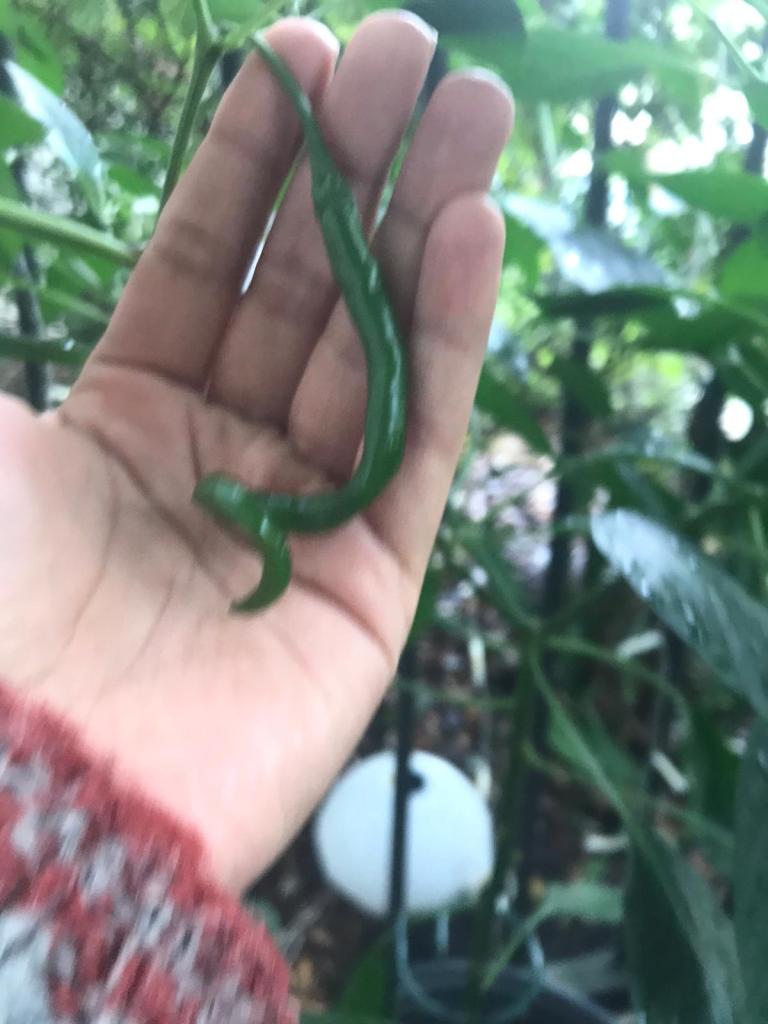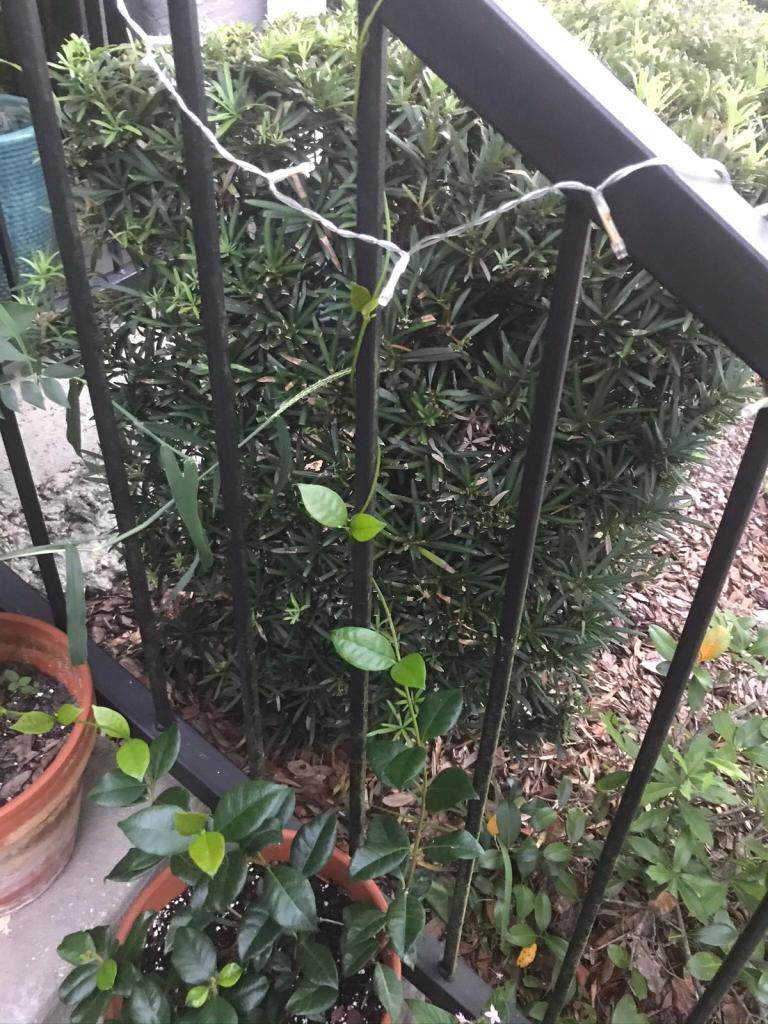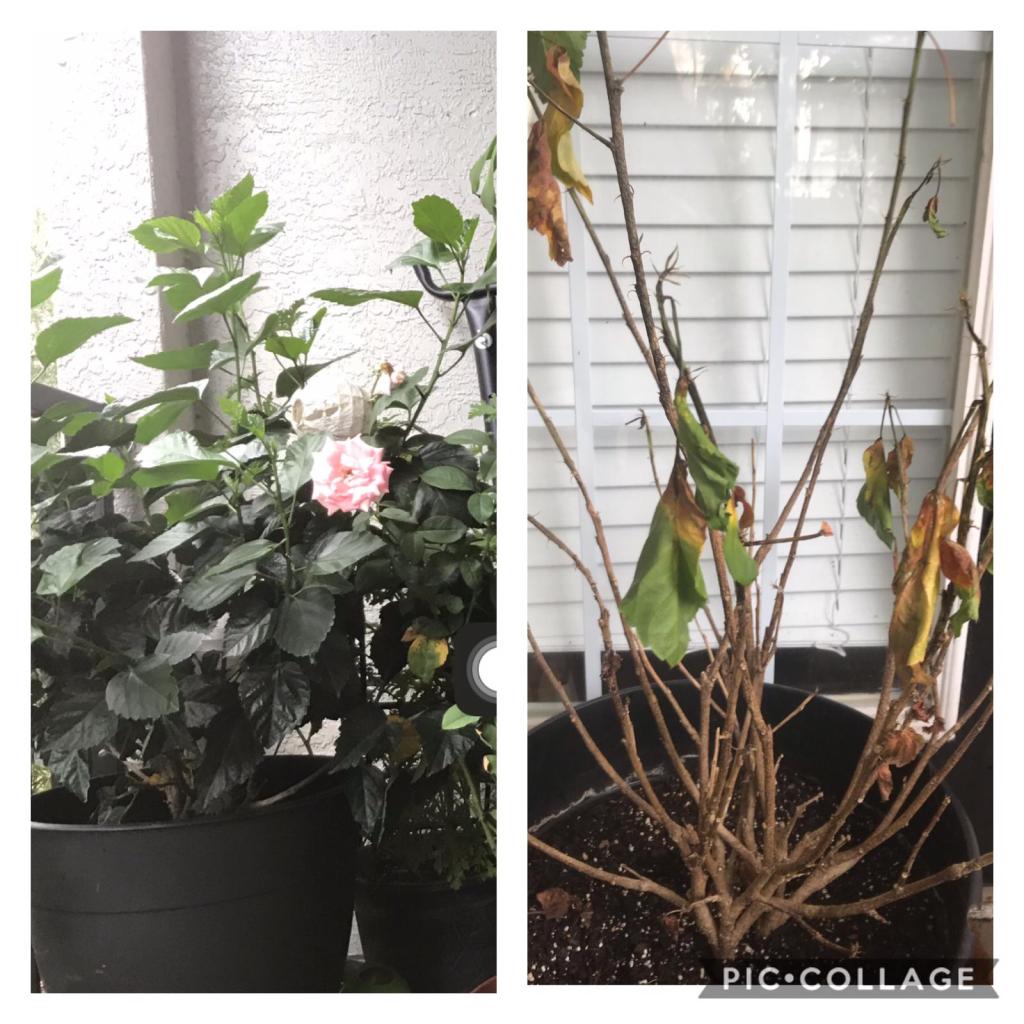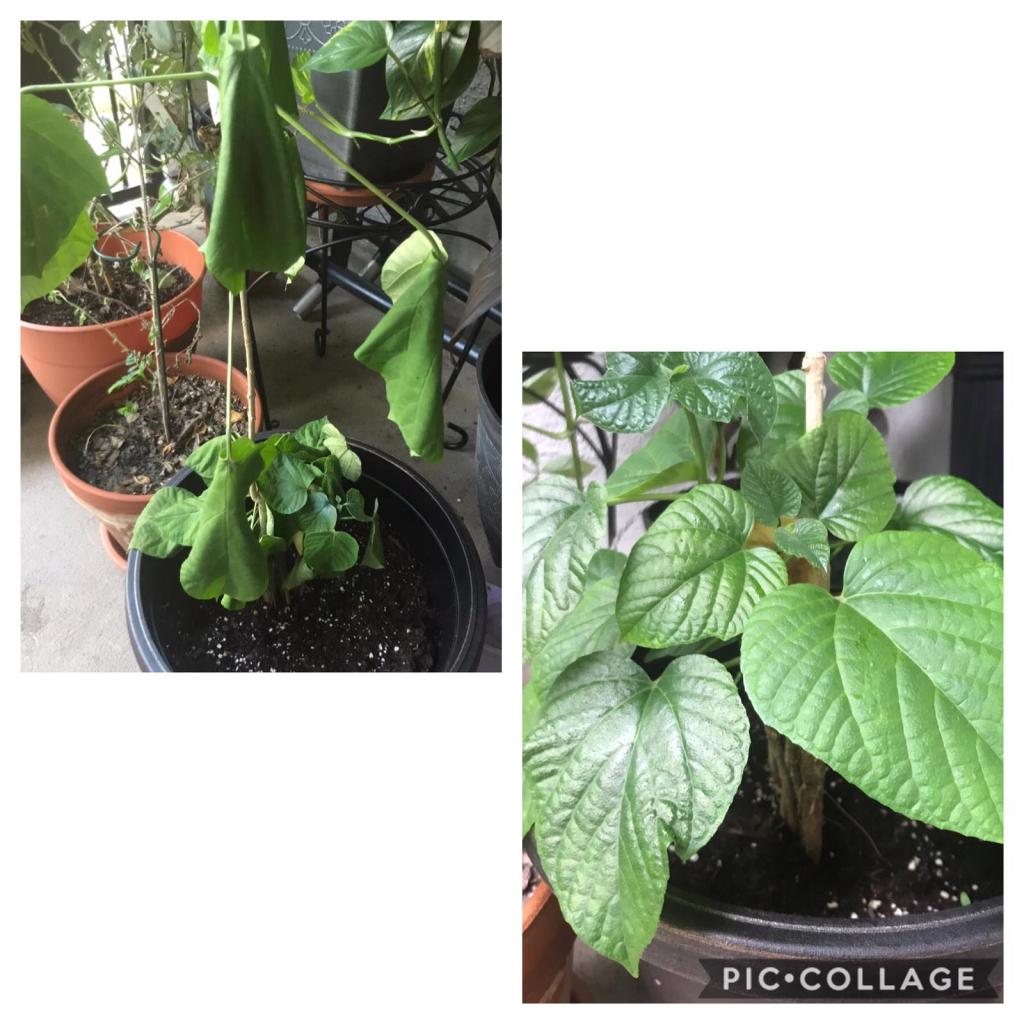I am a plant newbie. Like many people in the world, I took to gardening during the pandemic after the stay-at-home orders in my city in early April. I don’t know what exactly piqued my interest in gardening after seeing a photo of a sweet potato slip on a Facebook group I am a part of. Was it just the social isolation? Was my biological clock telling me something? Was I scared about scarcity of food and took to growing my own? Was it my need to create a more homely home?
Within a short time, I read and saw all that I could about plants and planting, pots and potting, and growth and growing. Every two weeks, I spent two to five percent of my paycheck on saplings, soil and pots, and a gracious Indian couple who I know in the area agreed to give me FaceTime tutorials on transferring saplings to pots every Sunday for some weeks.
The next few weeks were spent in rushing out the door first thing every morning to watch the plant babies grow in size and shape. Two kinds of moments always gave the most joy. The buds blooming into flowers, and the leaves swaying with the wind and looking verdant in the rain. Amidst the social distancing and isolation, tending to the plants soon became a tool to survive and connect with something beyond myself. Mostly unknowingly, I started using plant metaphors in my sessions with clients. And in no time, I became a “plant lady” for my friends and most birthday presents this year centered on gardening paraphernalia. Thanks to them, there are plants not only outside, but inside my small apartment too.
But, as is the hazard of the trade I am in, no day went without reflecting on what this process and the speedily growing plant collection was (is) doing to me internally. In no particular order, here are some lessons and reminders (not about gardening) the plants “rooted” me into-
- Resilience will do its work– I had a fiddle leaf fig tree that I bought last year but did not take care of attentively. Naturally, it had started dying a slow death but it was still hanging on to its dear life somehow. In my new plant motherhood, I became more intentional about caring for it and now there is a thriving fiddle leaf plant sitting majestically two feet taller with ten new leaves in all its glory on the patio. Revival may be slow, but it is possible. The fig tree was resilient even in its weak, shriveled, slowly browning leaves. Resilience will do its work. Let things heal in their own time. Don’t rush. Just be present, consistent, and provide the minimum.
- We all search for a “home” and we all take our own time to call it one.-“Don’t bother the plant too much. It has gone through shock because of change in its growing medium and environment during the repotting.” This was one of the most frequent tips I came across on tutorials online. We all miss familiarity and we all mourn losses that come with change. The plants did the same. The leaves were droopy and fragile for some days after repotting and eventually they livened up, standing perky, looking at the sun. The roots had found their new “home.”
- You don’t know where growth takes itself– A very dear friend sent a jasmine plant as a birthday present. And while I kept forgetting to buy a trellis for it, it took to a railing bar and found its own trajectory. It didn’t wait for anyone. It didn’t need to. Such is growth.
- “It’s either too little or too much watering.”– Every article, video, tutorial on why plants die said this. This was the vaguest, the least helpful, and the most confusing tip. So was it overwatering or under-watering? How was one to know? Why was the hibiscus plant, the one that was my favorite of them all and the one that became youthful and lush in no time suddenly dying? I was doing everything by the book….or so I thought. I was overwatering. And I knew only when I de-potted (is that a word?) the plant and saw the roots suffocated in water. I cared more than it asked for. “Listen to what the plant is trying to tell you.” I know what this means now. I am sad I lost the hibiscus in the process. I miss the big bright blood red flowers.
- Chasing perfection– I am guilty of this. Always have been. Here was my vision- a perfect patio with identical terra-cotta pots on both sides, pruned and manicured leaves and poker straight stems. Haa! Was I going to do it? Na. Was I going to procrastinate until perfection was guaranteed? Yes. Were the stems going to listen to me? Nope. Nature can’t be perfect. Nature is natural. And natural just “is.” The leaf will droop if it wants to. The flower will bloom in its own chosen direction. The cayenne pepper will grow curly if it wants to. Take it in its “as is” form. It will still taste the way it is meant to.
- If you commit to care and nurture, show up. And commit only if you are ready– It’s almost August now. So of course it’s not all butterflies and roses anymore. April showers bring May flowers is gone. There are days I don’t want to spend the effort and the 45 minutes that it now takes to water the plants. There are days (far and few between though) I don’t, knowing fully well they are thirsty. Thankfully, the skill of empathy that I have to use daily in my work helps here too. A reminder that the plants didn’t ask to be bought and potted in the patio, I brought them home for my joy and survival usually works. I made a commitment to care. I have to show up. For them and for myself.
If someone is making a list of the most beautiful words in the dictionary, please add “verdant” and “bountiful” on it…? And while you do that, can you tell me if it’s too little or too much watering? How will I know?

Take it “as is” 
You don’t know where growth takes itself 
“It’s either too little or too much watering” 
We all take our time to call it “home” 
Resilience will do its work
Nicely done!
LikeLiked by 1 person
Thank you! Taking baby steps towards starting a blog 🙂
LikeLike
Great read!!
Love the parallels between plant life and human life! ❤️
LikeLike
Too much water or too little?
The answer is: yes.
LikeLiked by 1 person